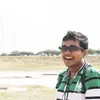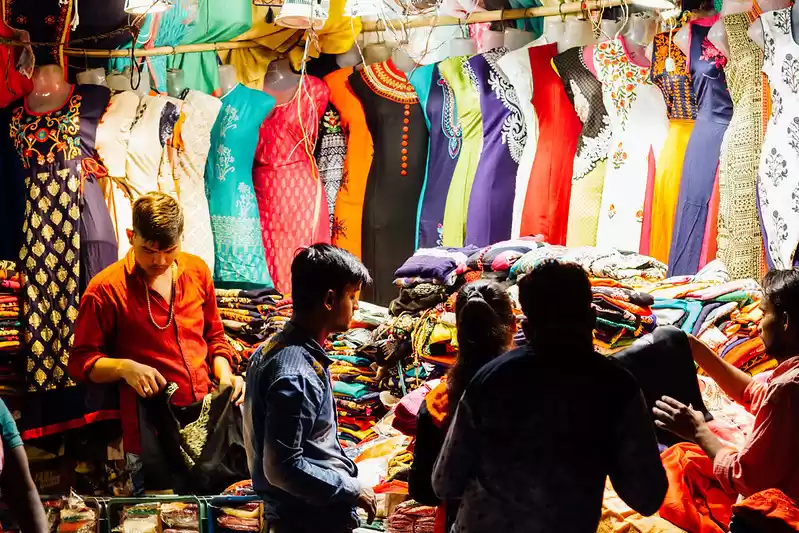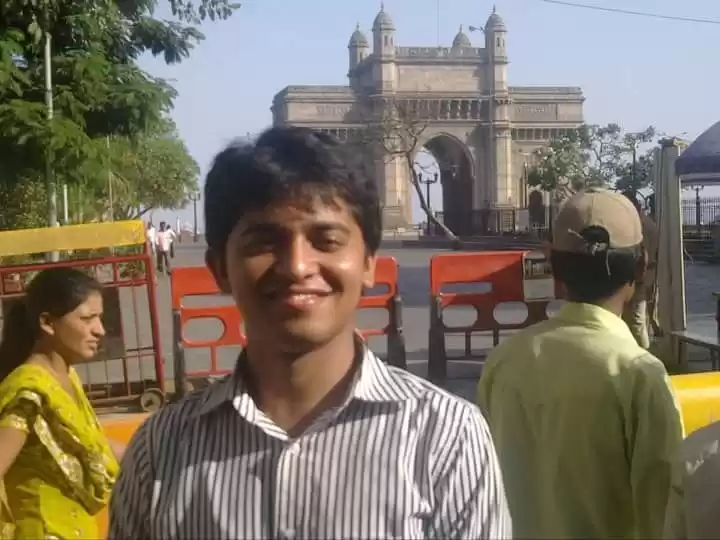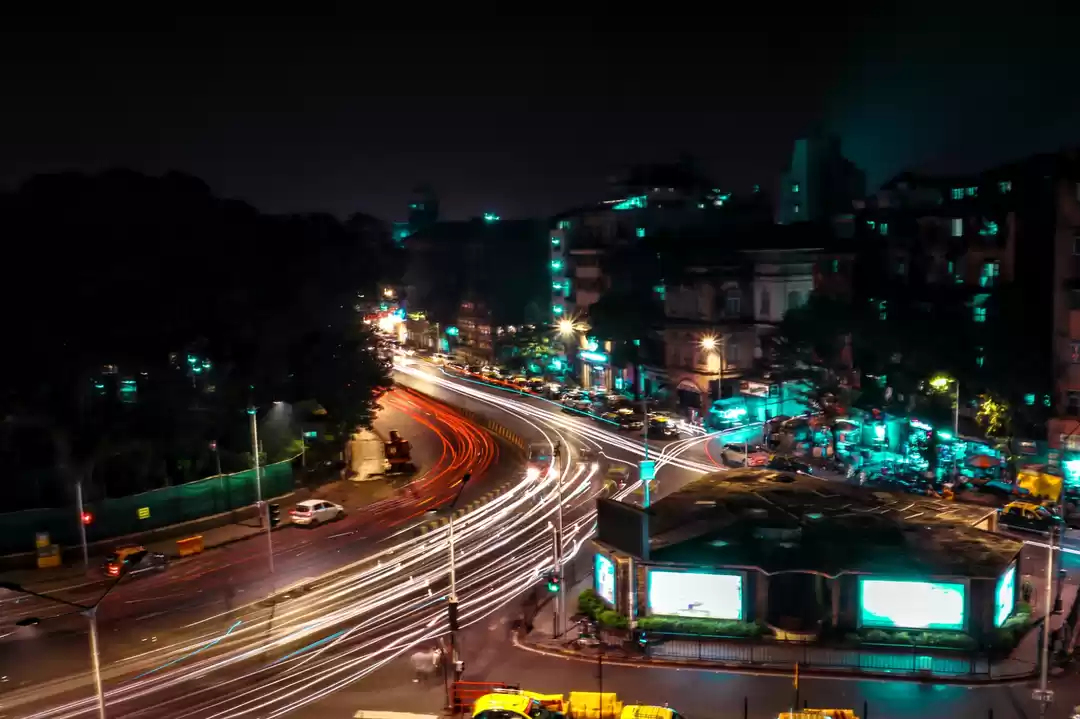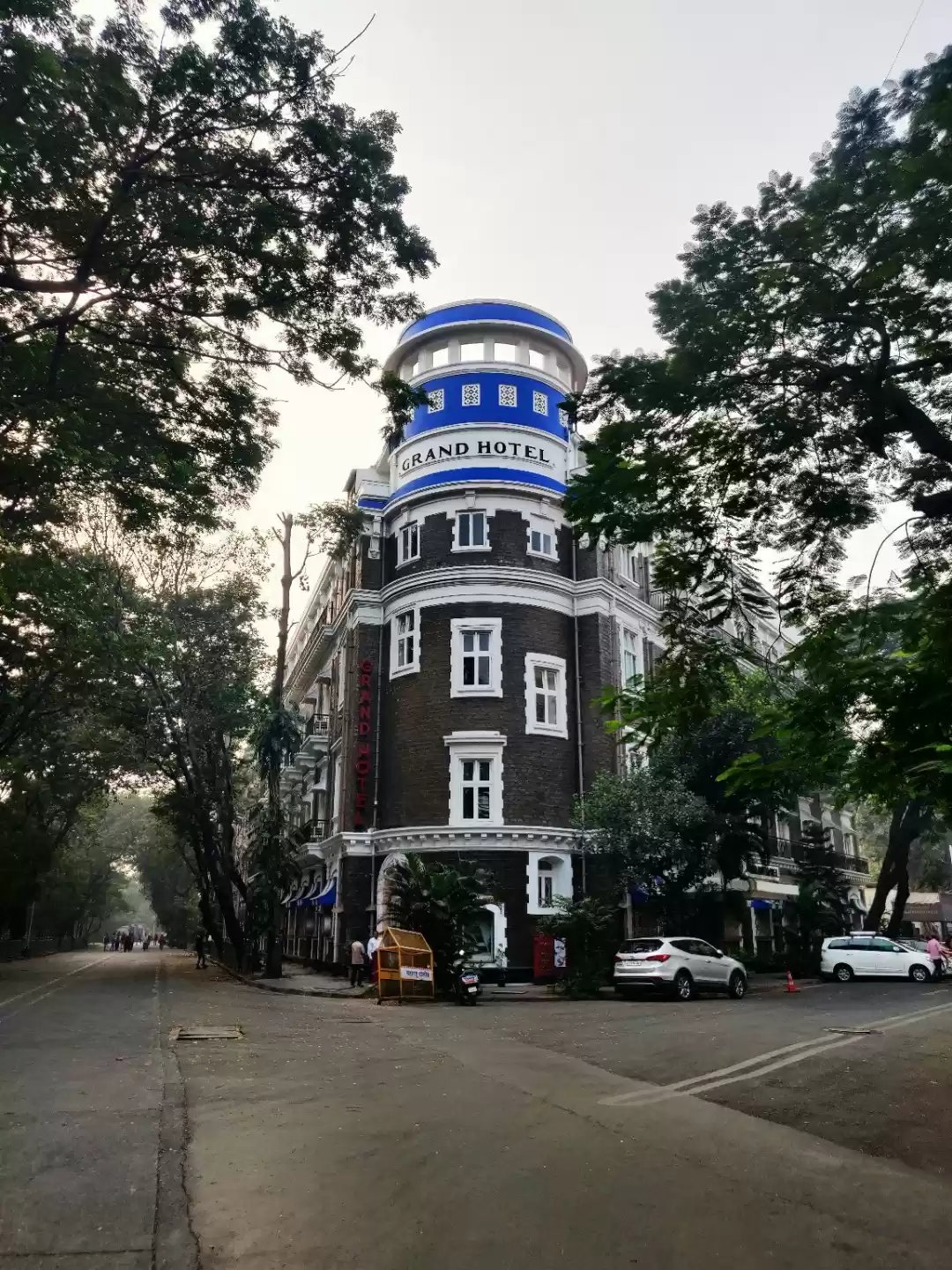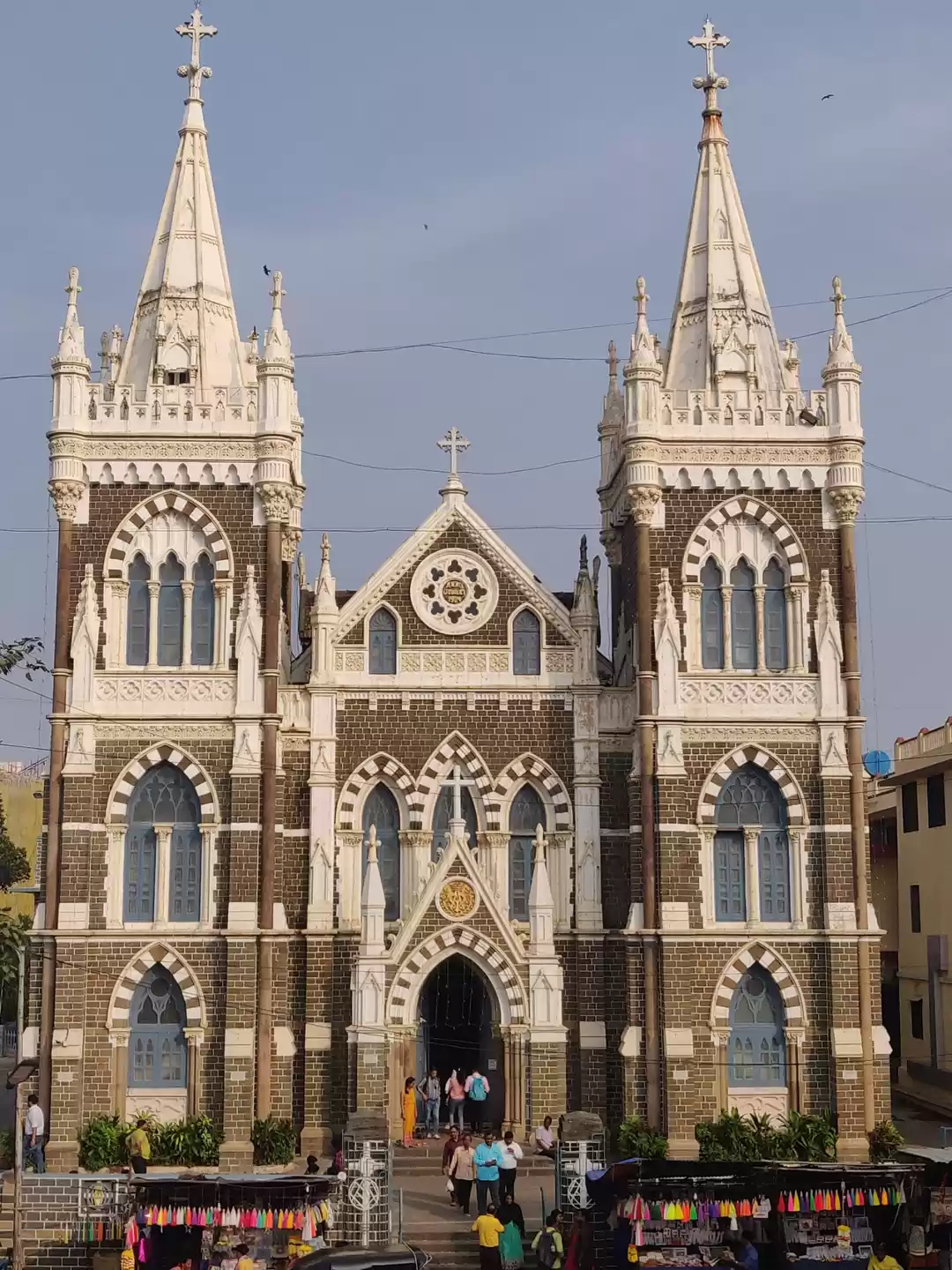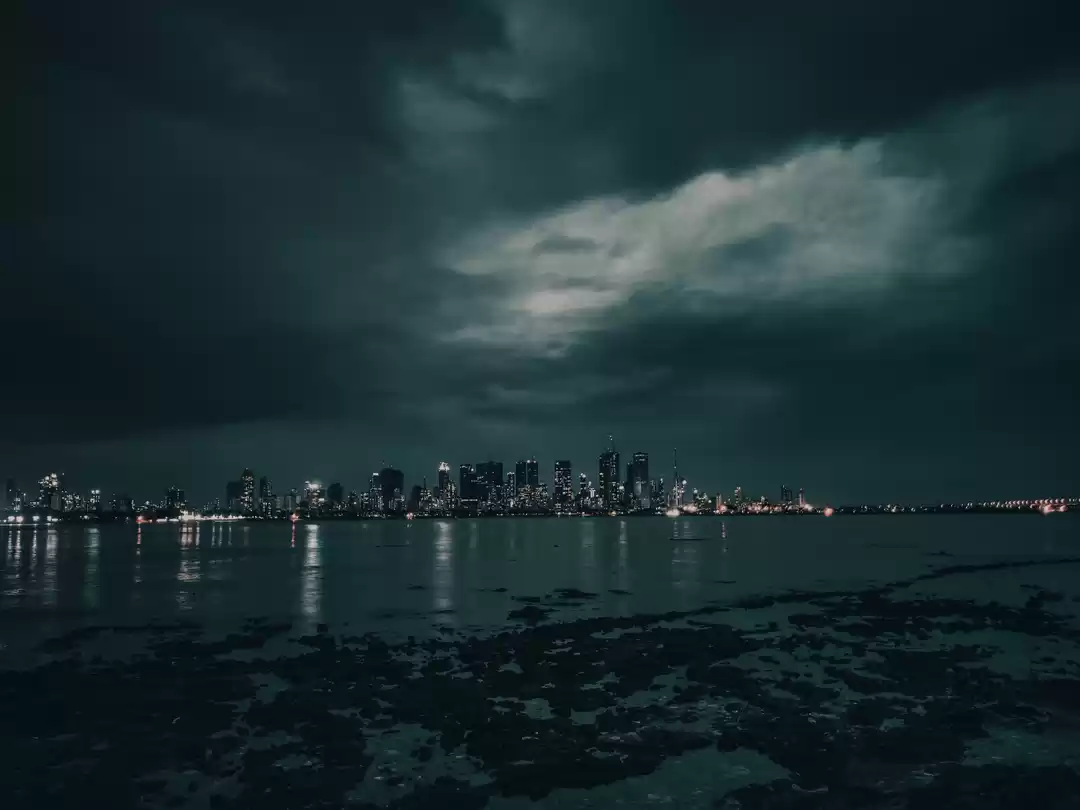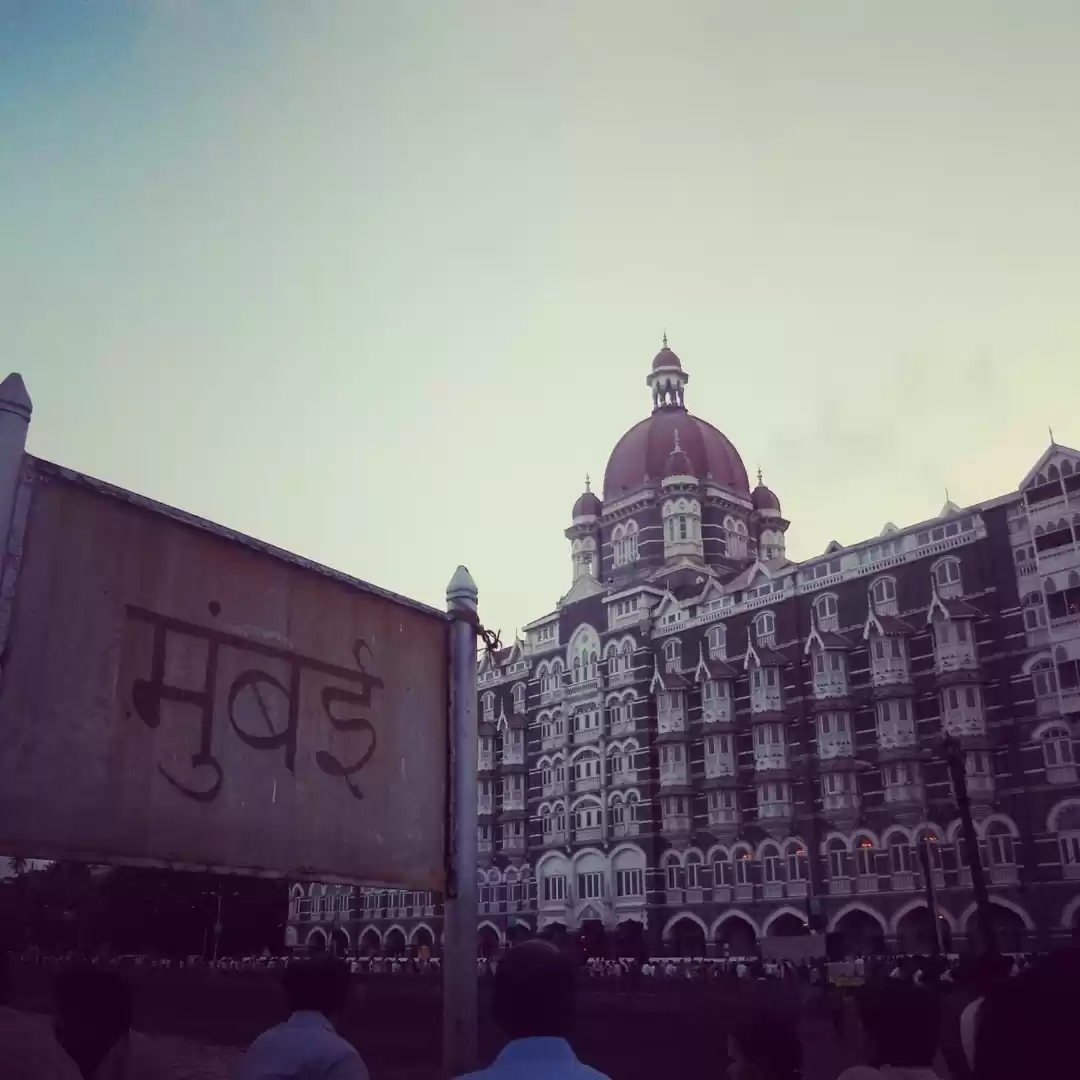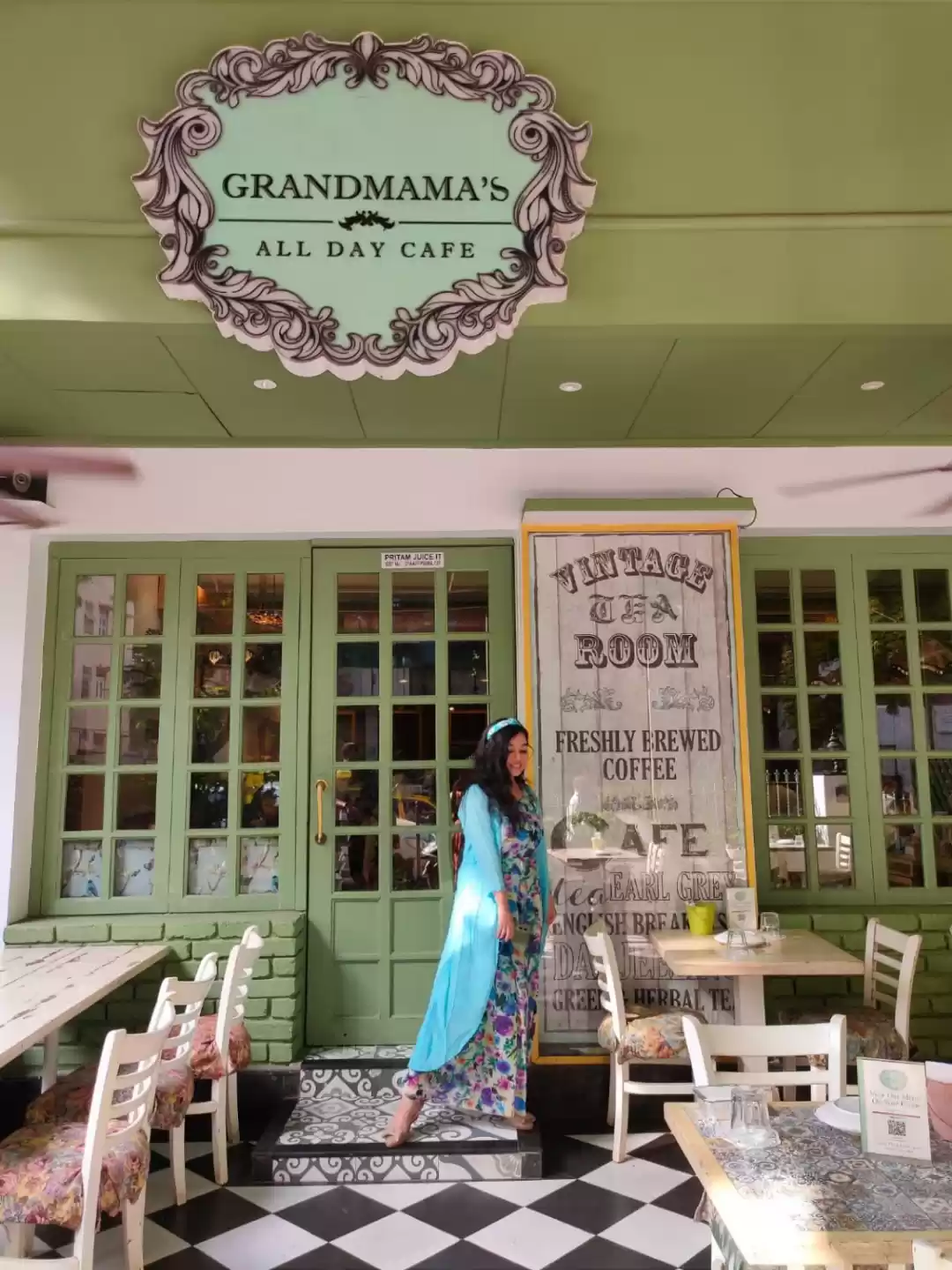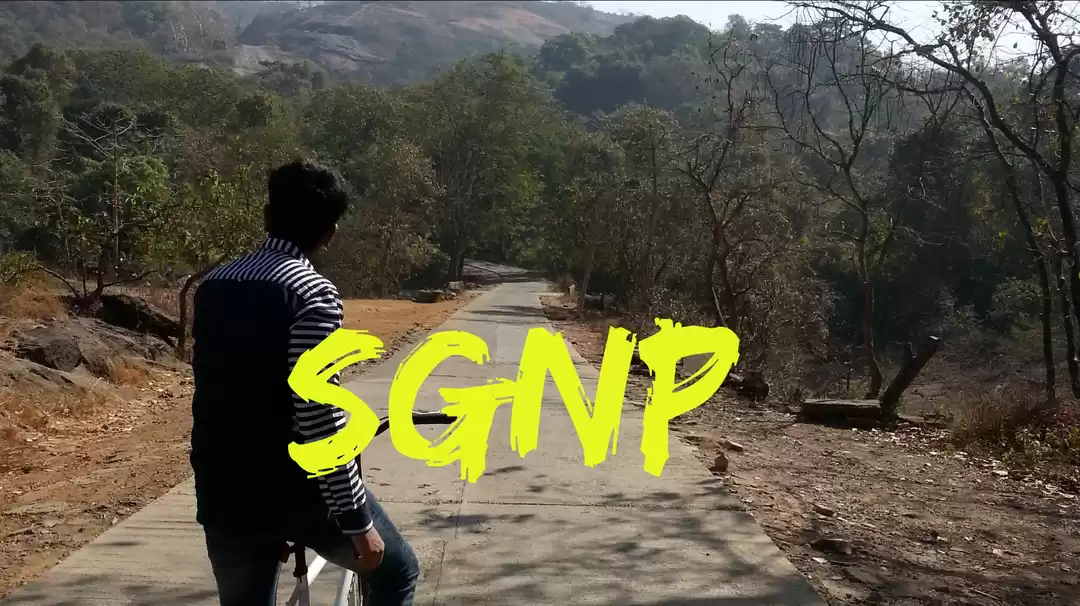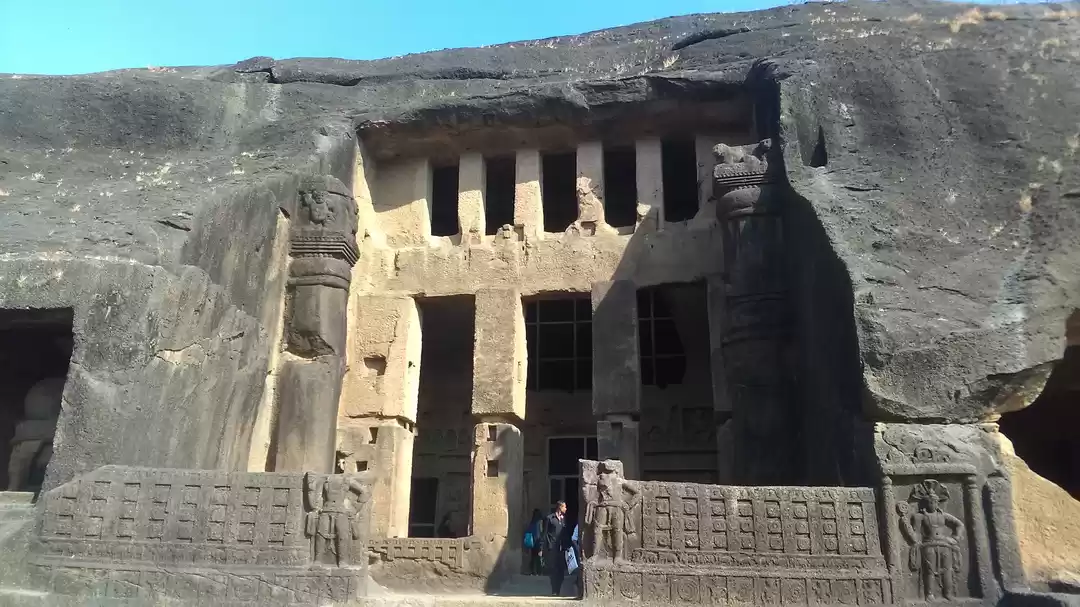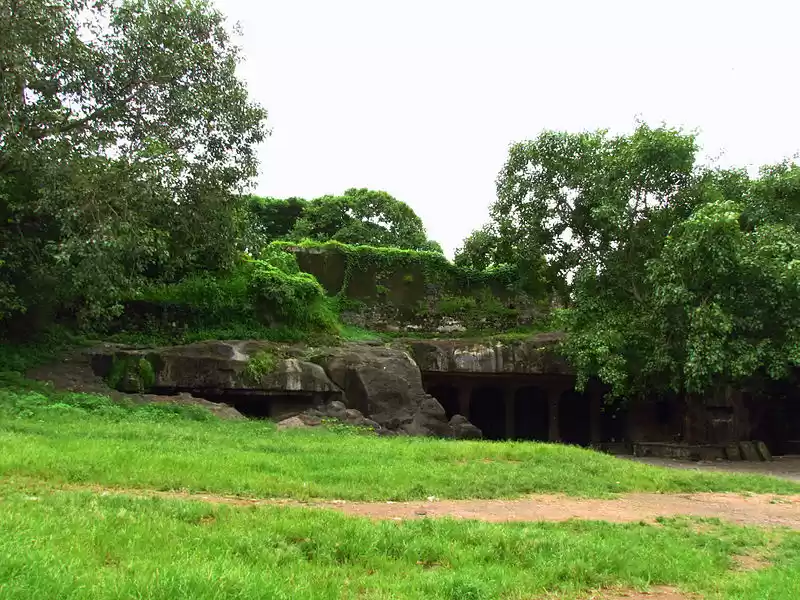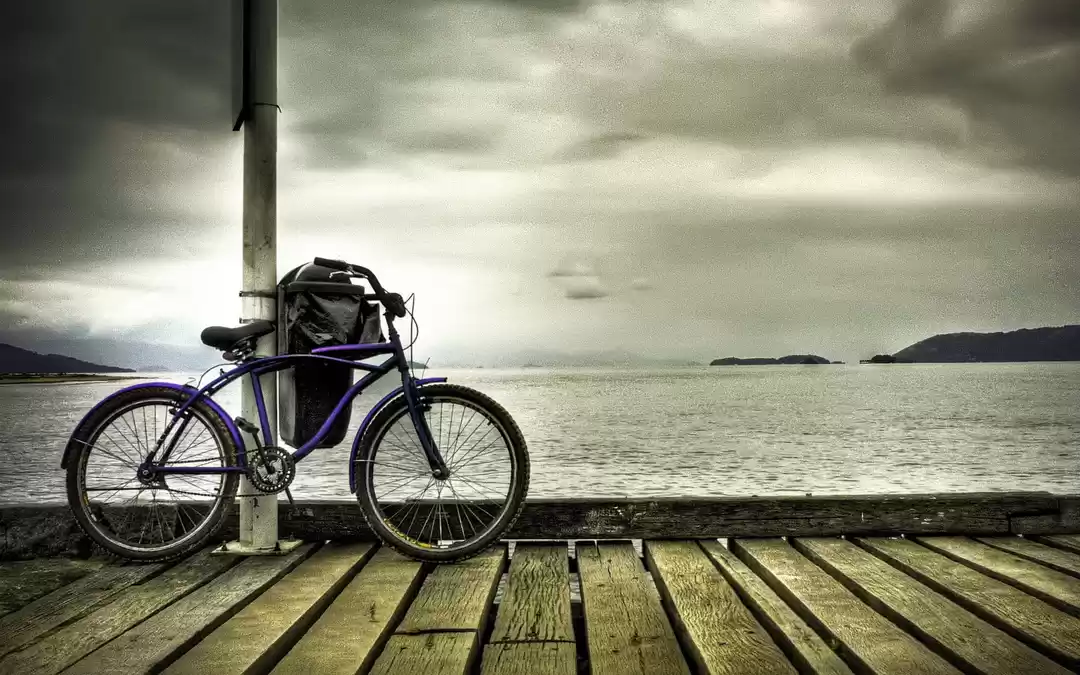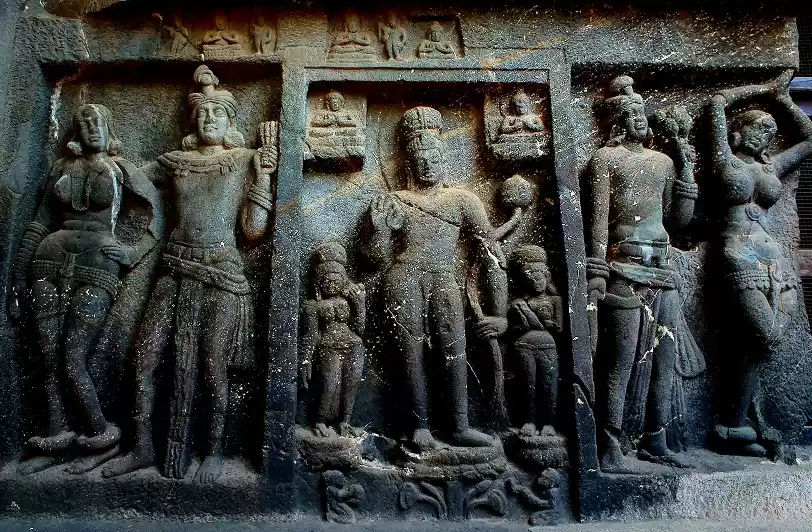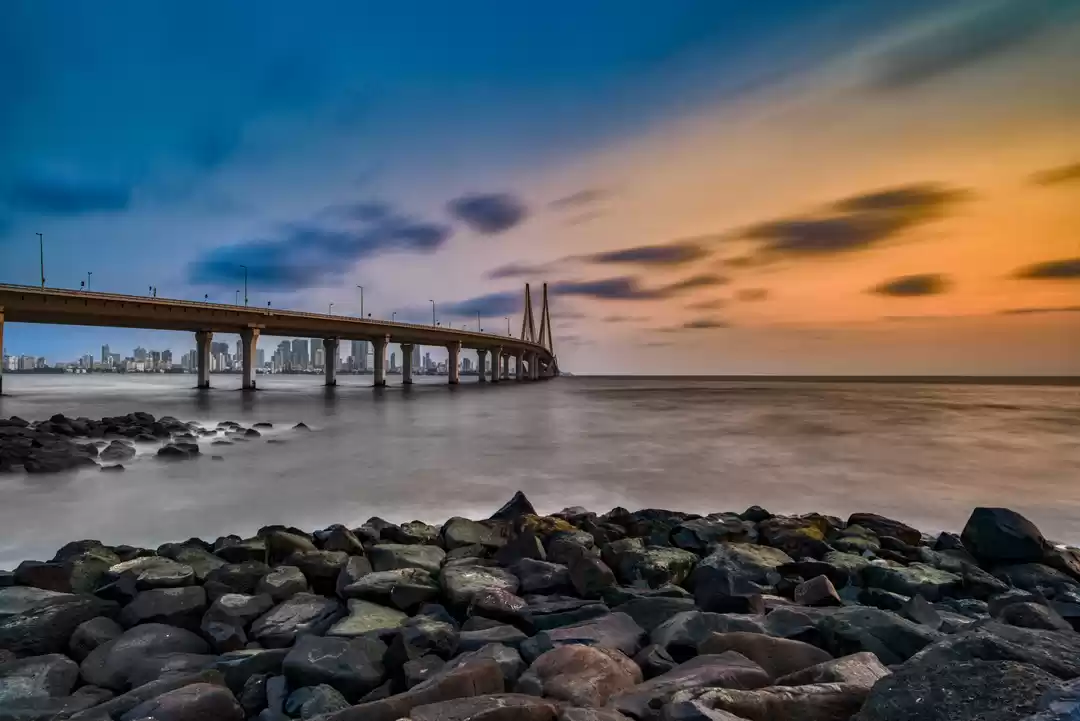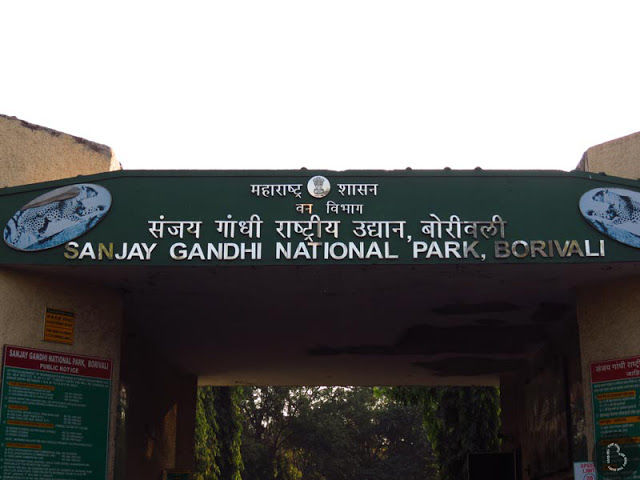







The Sanjay Gandhi National Park or Borivali Park whatever you want to call, it is one of the most beautiful wildlife sanctuaries in the world. All because it is spread across over 104 sq. km. and also, because it is the only park in the world located completely within city limits, which is also rich in biodiversity.
इसे भी अवश्य पढ़ें: periyar national park, chor bazaar mumbai, betla national park, murlen national park
So let the journey begin...
As soon as I entered into the park there was stop for private vehicles to the Kanheri caves, a little ahead was the bus stop. On the other side of the road there were bicycles available for rent. After moving ahead, one may notice a nursery/Nature Information Centre(NIC) which has the 3D map of the national park, it is worth the visit. NIC is actually an important place to know more about the park.
There is also a museum and one can buy books regarding butterflies and other animals here. There is a theatre inside NIC. Also ahead of this, there is an open garden where most of the school picnic students assemble. From here the road bifurcates, on the left it leads to the lion safari and inside of the park, the straight one goes to the caves. We took the straight one to the caves and that is where this post is based.
THE KANHERI CAVES
Kanheri, derived from 'Krishnagiri' meaning 'black mountain', was once a prominent Buddhist settlement and the caves were originally viharas, serving as the living, studying and meditating quarters of the Buddhists.
Many of the caves are lined with Buddhist inscriptions, giant statues with elaborately carved features and paintings that appear unfinished in some caves. According to the government website, Kanheri has the largest number of rock-cut cave monuments in a single hill.
The main caves to watch are the first three caves and then the cave number 10, 41, 67, 89 and 90. Also, there is painting in cave number 41. Cave number 3 is the most magnificent cave of the whole complex; it’s a huge chaitya hall, which has a large stupa in it surrounded by pillars which have carvings of figures of elephant and lions at the top.The chaitya hall is the replication of the Bhaja and Karla caves. The outside of the cave is also having two big statues of Buddha which are about 7 meters in height. There is an inscription in Brahmi script at the entrance of the cave. Brahmi is the ancient script which preceded the Devnagari script.
It was exhausting after a point to try and acquaint myself with every one of those 109 caves; so I skipped a few here and there. But my favourite clusters of caves were the ones beyond immediate reach, flanked by wilderness, fewer crowds and steep short-cuts in case you had little time to spare. Apart from the magnificent prayer hall, these caves also provide the highest vantage point for a commanding view of the entire forest area.
The undulating green lands of the Sanjay Gandhi National Park are just the kind of surroundings to which one would love to retreat for some moments of quiet introspection or meditation. The great panoramic views of hills, valleys, lakes and open expanses can actually have a soothing effect on the mind, body and soul.There are two lakes Tulsi and Vihar Lake that provide water to Mumbai city.
I'd say, to fully appreciate the park; you’ll need to pack a picnic lunch and spend a full day there.
If you plan a trip here, come as early as you can and be prepared to fork out a hefty fee for bringing vehicles inside. Other attractions include a toy train that passes through the deer park, a Jain temple and various walking trails. Also, enquire about camping facilities if you fancy spending the night in the park.
Quick facts:
- Park timings: 7 am to 6:30 pm (Those who overstay inside the park after 6:30 are fined Rs. 100/person)
- SGNP is closed on Mondays. Park entry fees: Rs. 44/Adult.
- Kanheri Caves: A shuttle bus runs roughly every 20 minutes to the caves from the entrance of the park. The bus charges Rs. 44/person one way and Rs. 88 for a return journey. But their schedules, at times, can be unpredictable. However, there are private vans available, and they ferry you to the caves for the same fare. The last shuttle bus for the caves leaves at 1:30 pm and the last bus from the caves to the park entrance leaves at 4 pm.
- Boating: Boating timings are between 9 am to 12:30 pm & 1:30 pm to 5 pm. A paddle boat for two and a boat for 4 is available for 15 minutes.
- Tiger & Lion Safari: Cost: Adults – Rs. 55 & Children – Rs. 22. Timings: 9 am – 12:30 pm & 2 pm – 4:30 pm. Video Camera Shooting Fee: Rs. 1050/day. Duration: Approx. 15-20 minutes.
- Vanrani (Toy train): The train runs at regular intervals. Although there is a train timetable at the display, I didn’t see anybody following that. Cost: Adults – Rs. 31 and Children – Rs. 12.
- Note: Please carry your lunch as you will not find any food stalls inside the park’s premises. Drinking water is available near the children parks.
This trip was originally published on Travel The Gud1

